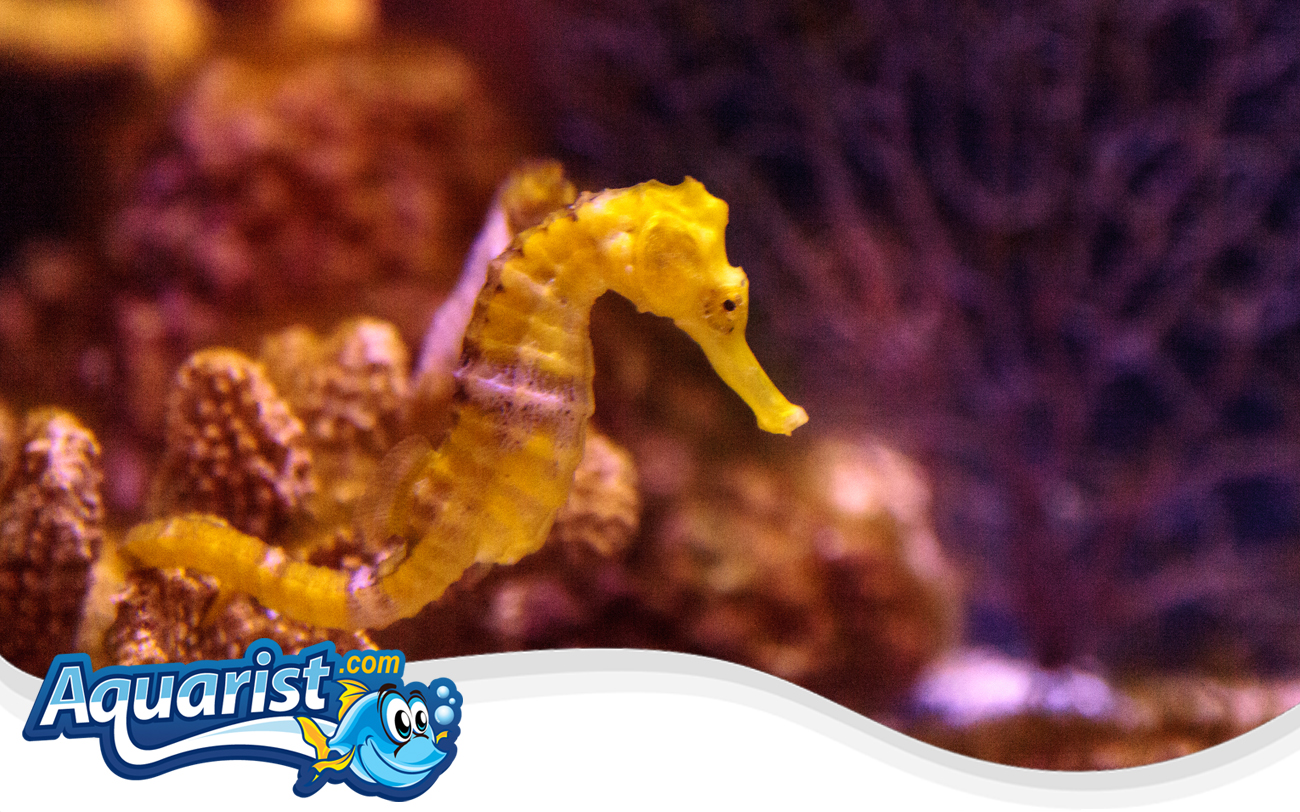Overview
- Native to the Western Atlantic, ranging from Canada to the Gulf of Mexico and the Caribbean.
- Recognized for its elongated body, curled tail, and unique pattern of lines and spots.
- A slow-moving species that uses its prehensile tail to anchor itself to seagrass, corals, or other structures.
- Unlike most fish, seahorses swim in an upright position and rely on rapid fin movements for propulsion.
- Highly sought after in the aquarium trade due to its distinctive appearance and intriguing behavior.
Feeding
- Carnivorous, primarily consuming small crustaceans, such as copepods, amphipods, and mysis shrimp.
- Requires frequent feedings (at least 3-4 times per day) due to its lack of a stomach and rapid digestion.
- Best fed with live or frozen enriched foods, as they are slow, deliberate feeders.
- May struggle in tanks with fast-moving fish that outcompete them for food.
- Seahorses use a specialized "snick" feeding motion to suck prey into their tubular snouts.
Habitat
- Commonly found in seagrass beds, mangrove roots, and shallow coastal waters.
- Requires an aquarium with plenty of hitching posts, such as live rock, artificial coral, or branching plants.
- Prefers a low-flow environment, as strong currents can make swimming difficult.
- Best housed in a species-specific tank to ensure proper feeding and care.
- A minimum tank size of 30 gallons is recommended for a pair, with additional space needed for groups.
Fish Care
- Optimal water temperature: 72-78°F (22-26°C).
- Ideal pH range: 8.1-8.4, with a specific gravity of 1.022-1.025.
- Highly sensitive to ammonia, nitrites, and other water quality fluctuations.
- Requires a mature, well-established aquarium with stable parameters.
- Frequent water changes and proper filtration are essential for maintaining health.
Compatibility
- Best suited for a peaceful, species-only tank or with other slow-moving, non-aggressive fish.
- Compatible with pipefish, small gobies, and certain blennies that do not compete for food.
- Should not be housed with fast-swimming, aggressive, or territorial fish.
- Avoid housing with stinging corals or anemones, as seahorses may accidentally latch onto them.
- Pairs and small groups thrive in aquariums where they can interact and exhibit natural social behaviors.
Aquarium Behavior
- Spends most of its time clinging to structures with its tail rather than actively swimming.
- Known for unique courtship dances, where pairs intertwine tails and perform synchronized movements.
- Exhibits social behavior, often forming pair bonds that can last for extended periods.
- Fascinating to observe due to its distinctive movements and method of capturing prey.
- Requires a stable and stress-free environment to thrive, with plenty of hiding spots and hitching posts.


